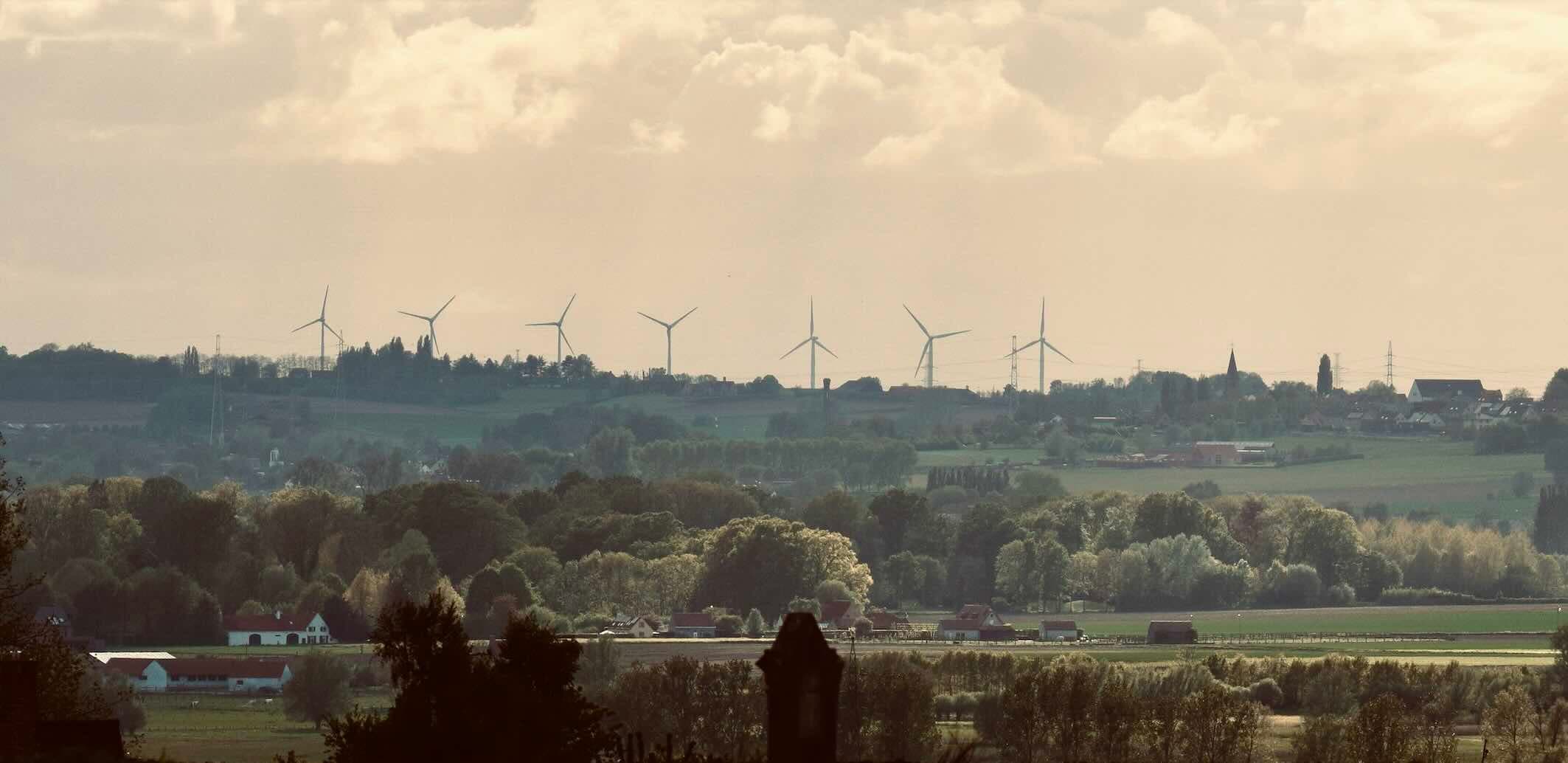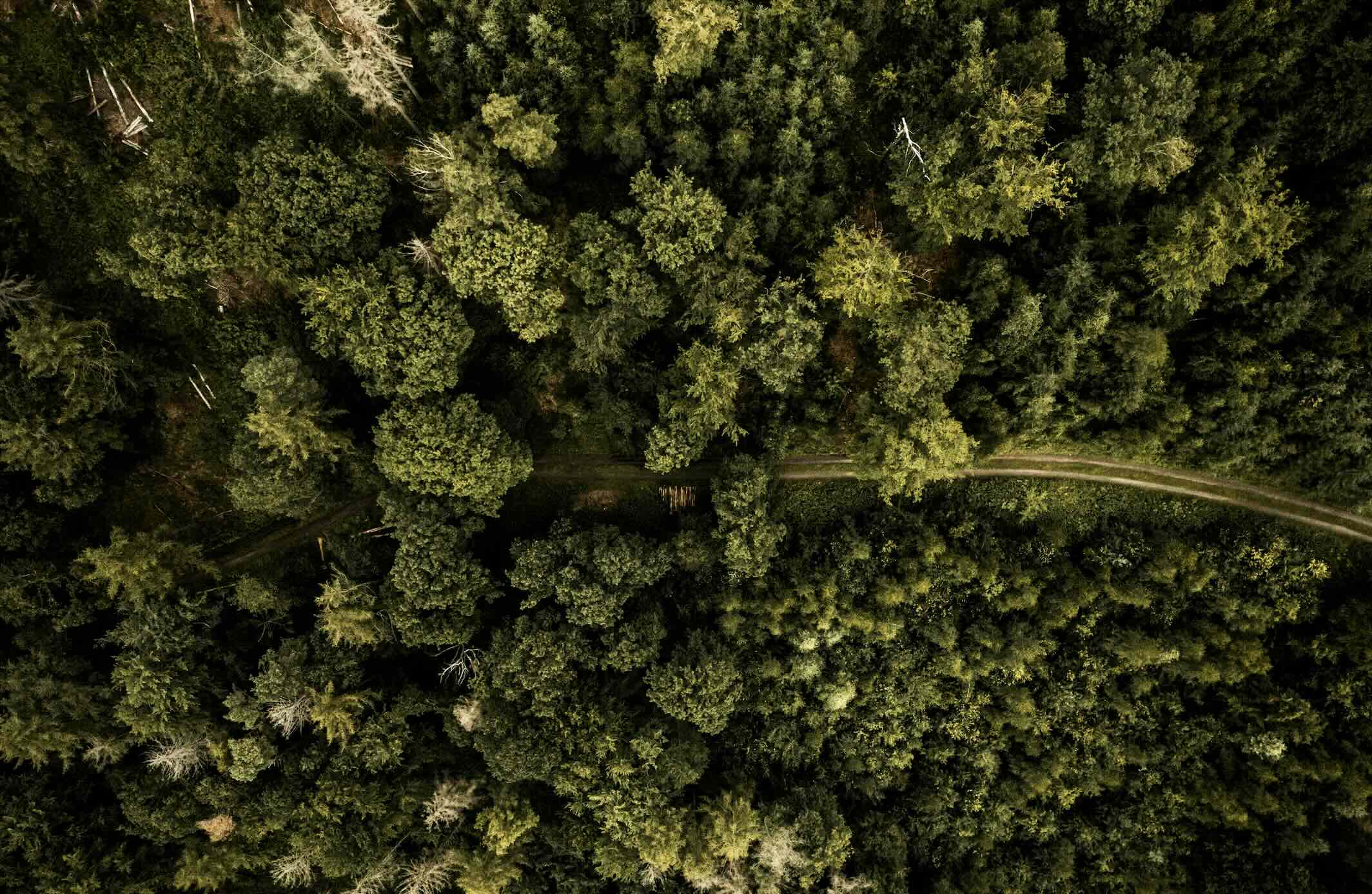
What is it and how do we work?
The nitty gritty about CO2 and carbon credits
At Productpine, we chose to invest in several climate projects worldwide which contribute to reducing CO2 in the atmosphere. Our investment is converted into carbon credits to work on the projects. But how this works exactly? And what actually is CO2? You read it here.
What do we mean by CO2 emissions?
CO2 is a greenhouse gas and is the chemical abbreviation of carbon dioxide. CO2 emission means the release of these gases into the atmosphere. The atmosphere already naturally contains CO2 which ensures that the heat coming off the earth is absorbed. It is a kind of insulation layer around the earth that keeps the heat in - just like how insulation works in your home. If more CO2 is added, then the earth's heat stays in even better. As a result, the overall temperature gets higher and higher.
Your favourite items emit CO2. There are several factors involved, such as the materials it is made of and the factories where it is produced. The journey your product takes also has a lot of impact. The average annual CO2 emissions from purchases is 2.59 tons of CO2 per person per year (Milieu Centraal). What we cannot (yet) reduce in waste or emissions is compensated with green projects that make a direct impact, as you have read above. The most important action a company can take is to systematically reduce its carbon footprint. This takes time and resources, and therefore money: doing something is always better than doing nothing. Buying carbon credits on an interim basis is an essential way to contribute to the global reduction of greenhouse gases.
Why does Productpine choose to compensate carbon?
Preventing the worst effects of climate change requires immediate action to protect natural carbon sinks such as forests and seas, and investment in technological solutions to reduce or remove current emissions. This requires money. As an e-commerce start-up, we are entrepreneurial and have the advantage of being at the beginning of rolling out our own operational processes. We take human and environmental impact first as we grow Productpine. Companies play a key role in financing natural and technological solutions. Buying carbon credits through the voluntary carbon market, drives demand for them and stimulates the development of carbon reduction solutions and funds technical developments to scale up the transformations needed.
What are carbon credits?
Carbon is the C in CO2, which means 'carbon dioxide'. This CO2 is in the air and can be collected by trees, which store some of the carbon in the soil.
A carbon credit is a permit that allows its owner to emit a certain amount (1 tonne) of CO2. To give you an idea of how much that is: the average car emits about 1 tonne of CO2 per 4,000 km - a drive from Amsterdam to the North Pole. Carbon credits are measurable CO2 reductions from certified climate projects. Like we do through waste treatment, (re)forestation and biocoal.
What is the impact of buying carbon credits?
By purchasing the carbon credits, you offset the unavoidable emissions you create today. You offset by financing projects that reduce or absorb CO2. The credits from internationally recognised standards give you the assurance that the projects make the environmental and social impact that is promised.
The 3 projects we invest in with South Pole are aligned with the United Nations' Sustainable Development Goals (SDGs). Each of those 3 projects contributes to at least 3 of the SDG goals. And even though it is great that carbon credits exist: it is not a freeway to continue creating environmental damage, but at least it gives companies a chance to do something - instead of nothing.
Can carbon credits be reused?
No, after an organization or an individual buys a carbon credit and the CO2 is emitted, that credit is “retired” and cannot be sold or used again.
The text continues below the image.
What's the difference between carbon credits and CO2 compensation?
Carbon is the C in CO2, which means 'carbon dioxide'. This CO2 is in the air and can be collected by trees, which store some of the carbon in the soil. A carbon credit exists when 1 tonne of CO2 is captured, in the soil for instance.
But what exactly is a carbon credit and what can you do with it? 1 tonne of CO2 captured gives you 1 carbon credit: a tradable certificate. You can buy this and (partly) finance CO2 storage with it. We do this by investing in our (re)forestation, waste treatment and biocoal projects. The credits are issued by a certifying institution, in our case South Pole. So there is certainty for all parties involved.
And what about carbon offsets? This is one of the purposes for which a carbon credit can be used. It allows companies to offset their unavoidable carbon emissions by financing these emission reductions - so you need one to achieve the other.
What's the difference between CO2 reduction and CO2 compensation?
You speak of CO2 reduction when you have reduced the CO2 you emit as a company. CO2 offsetting is about covering the CO2 emissions made, in order to play even again in this way. Through carbon credits (on which you can read more about above), you can avoid or remove CO2 from your business.
We do CO2 compensation at Productpine by investing in and funding green projects in various places around the world. We deliberately do this on these places, because it is here that CO2 reduction is most needed and thus makes the most impact worldwide. In short: we offset our own emissions by reducing CO2 elsewhere. At the same time, we help the communities living in those specific places by investing in the CO2 offsetting projects, because this is where the financial resources are often lacking.